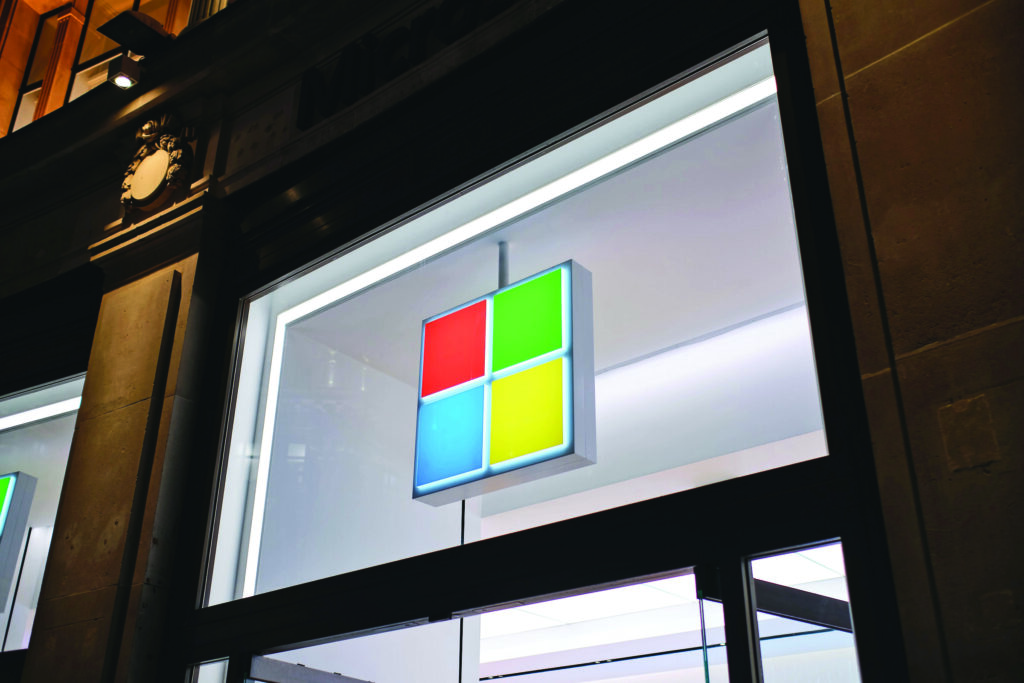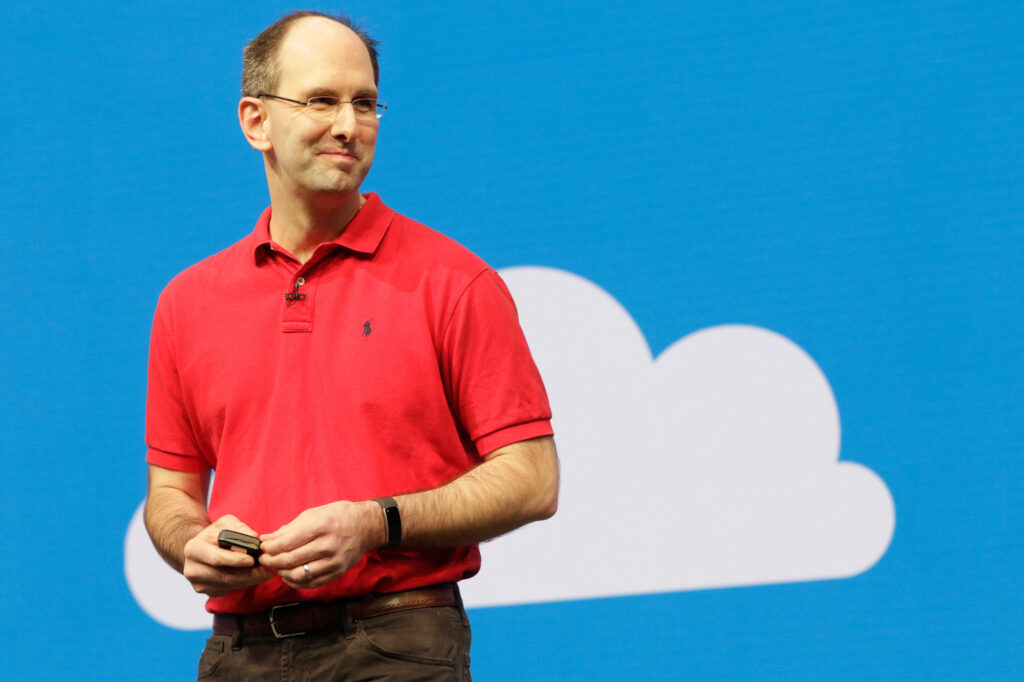Microsoft Ignite 2022 kicked off on Wednesday 12th, not with a bang, nor a flash, but a zettabyte-sized program of announcements. The two-day event boasts a reach of 200,000 attendees virtually and 75,000 from satellite locations across the globe.
Below are a few of our highlights from the event:
The Azure OpenAi Service, currently offered as a preview, will be rolling out access to the DALL-E 2 model to a selection of customers. DALL-E 2, released by OpenAI earlier this year, generates a digital image from a text; for example, a product developer could feed a text description of their new product into the program and have a digital image created during their sales pitch. DALL-E 2 has opened the gateway for an extensive range of text-to-image or video services in the marketplace.
Elsewhere, the Azure Data Factory is now offering customers the SAP Change Data Connector (CDC), allowing them to integrate SAP data into the Azure space for AI, analytics and other apps. On the news, president and CPO for SAP S/4HANA Jan Gilg wrote on Linkedin: “There’s collaboration and then there’s collaboration. When SAP S/4HANA Cloud was mentioned in Satya Nadella’s keynote…we knew we were taking our products to a whole new level of collaborative cloud ERP.
“It is one more proof point that shows how empowering organizations to connect, create and collaborate seamlessly with their customers has been our goal – and we have done that by reimagining processes to elevate user experience. And we have done it together.”
The Partner Ecosystem meanwhile has been added to the Microsoft Intelligent Data Platform, meaning that customers can now access a range of complementary partner solutions to help them accelerate their integrations and add value sooner.
Hybrid Azure has also rolled out the new Azure Kubernetes Service (AKS), helping customers who use on-premises, multi-cloud and edge-to-cloud locations to streamline their operations with an integrated hybrid approach.
Finally, Microsoft Cloud for Sustainability is expanding its functionality by introducing new features to the Microsoft Sustainability Manager, allowing and empowering organizations to reduce their environmental impact. The new extended data model captures the new Scope 3 calculation methodologies. The Microsoft 365 Emissions Impact Dashboard also allows customers to calculate the emissions associated with using the Microsoft range of products. An Environmental Credit Service will soon follow as a managed service, further empowering organizations to contribute to a net-zero future.
The event continues through to the 14th of October.




